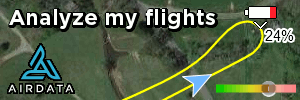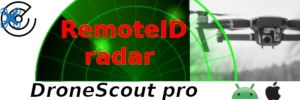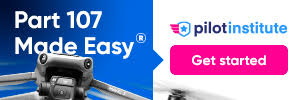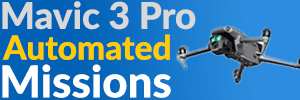What started as a simple drone hyperlapse idea ended up becoming a full VFX project — rebuilding the entire flight in 3D, blending day and night photogrammetry, and creating a seamless cinematic transition.
This 3-part series walks through every stage — from planning a Litchi waypoint mission to the final 2.5D projection in DaVinci Resolve.
What started as a “failed” hyperlapse flight became the foundation of the whole sequence.
Learn how to design precise day–night flight paths using Litchi Mission Hub and Google Earth Pro, export your mission, and prepare for consistent captures across multiple takes.
In this episode, I dive into the real flight data behind the project — exporting telemetry, visualizing the 3D camera path in Google Earth, and reconstructing both day and night scenes in RealityCapture.
You’ll see how I used custom Python scripts to rebuild the drone’s gimbal-compensated motion and visualize the flight in Google Earth.
The final part brings it all together — merging day and night cameras in Blender, creating a smooth transition, and projecting everything back onto 3D geometry for the final render.
It’s the full pipeline from a “failed” waypoint shot to a finished cinematic sequence.
Litchi | Google Earth Pro | Blender | RealityCapture | DaVinci Resolve Fusion | Python Utilities
If you’re into drone cinematography, 3D photogrammetry, or VFX workflows, you’ll find a lot of practical techniques and creative problem-solving in this series.








